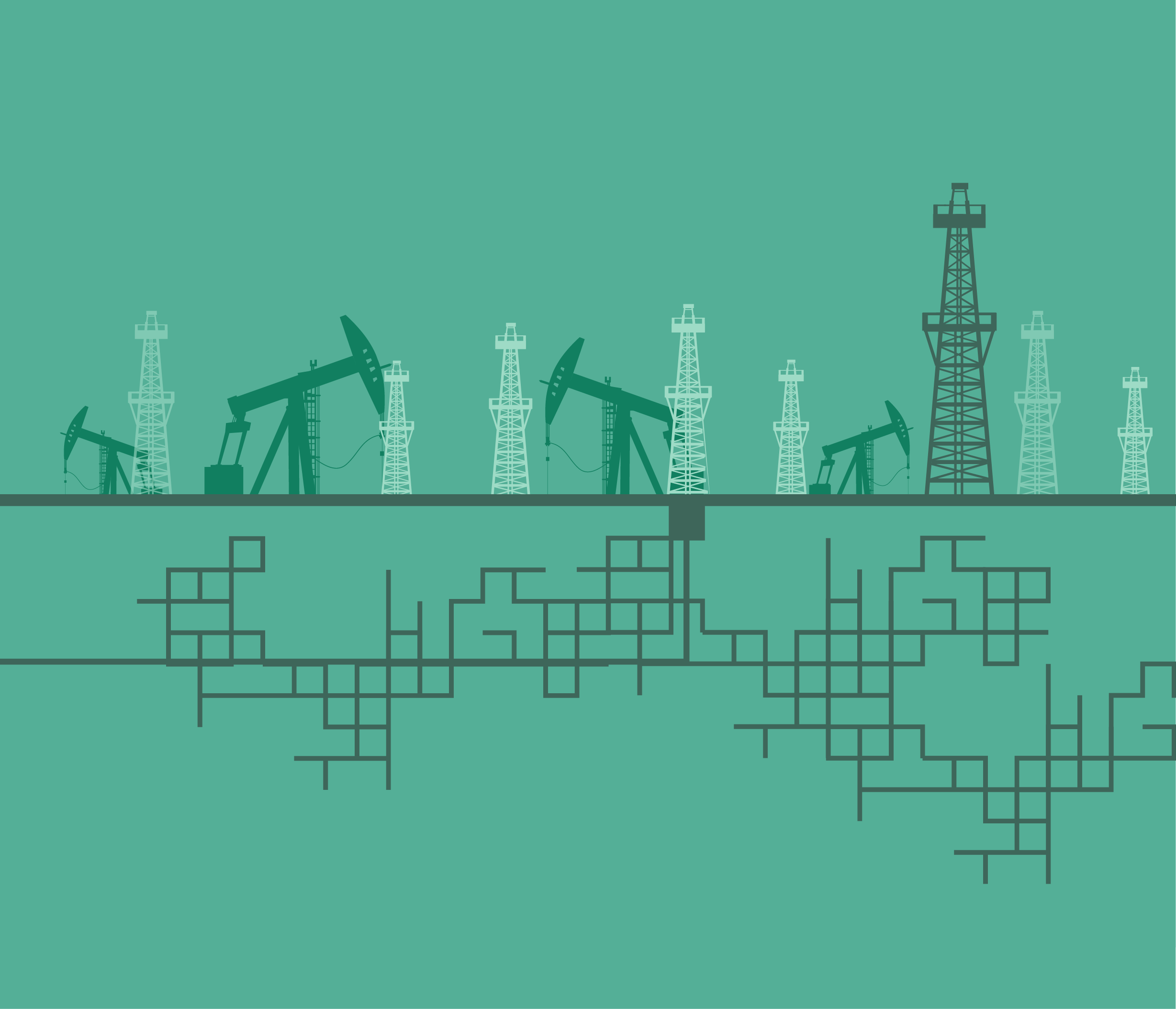AI and Physics-Based Applications
Thursday, 5 February
Waterway Ballroom 1-4
Technical Session
Artificial intelligence, advanced analytics, and physics-based modeling are increasingly playing a role in how we design and execute hydraulic fractures.
This session highlights approaches that include data-driven and/or physics to support real-time decision-making and improve treatment outcomes. Presentations will cover advances in fracture modeling, stage detection, pressure forecasting, and adaptive execution strategies.
This session highlights approaches that include data-driven and/or physics to support real-time decision-making and improve treatment outcomes. Presentations will cover advances in fracture modeling, stage detection, pressure forecasting, and adaptive execution strategies.
-
1300-1325 230658Using Deep Learning To Forecast Fracture Treating Pressures In Real Time
-
1325-1350 230600Enhancing Hydraulic Fracturing In Complex Heterogeneous Reservoirs: A Physics Based Strategy For Fracture Height Control
-
1350-1415 230617Enhancing Fracture Modeling in Heterogeneous Shale Reservoirs Using Scratch Test-Derived Strength Profiles and Machine Learning-Based Proxy Logs
-
1415-1440 230631From Overstimulation To Optimization: A Surface Pressure-driven Workflow For Real-time Adaptive Completions
-
Alternate 230634Automated Real-time Frac Stage Detection And Assignment Using AI/ML



